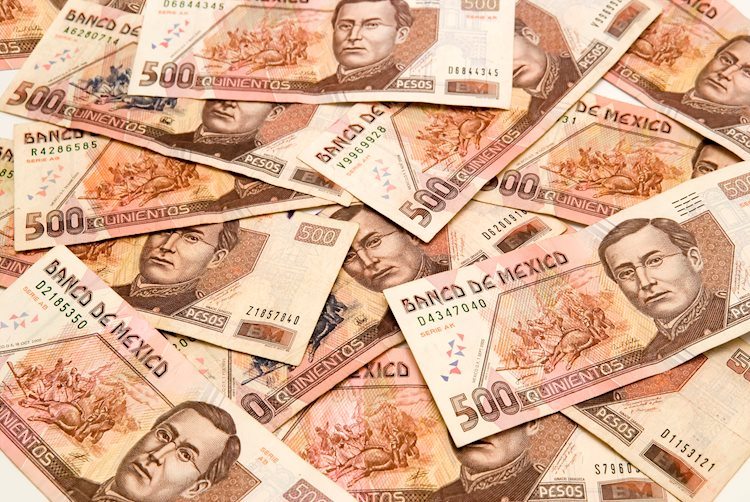The Mexican Peso (MXN) has been on a rollercoaster ride in the trading market lately, with fluctuations in response to various economic events and data releases. The Peso initially weakened as global markets experienced a risk-off tone, impacting emerging market currencies like the MXN. However, sentiment improved as news of fiscal stimulus measures from China eased concerns. Nevertheless, the Peso continued to weaken following a report of lower-than-expected Mexican inflation data, indicating a decline in the headline inflation rate for September.
The weakening of inflation data has raised the possibility of the Bank of Mexico (Banxico) implementing deeper interest rate cuts in the near future. This could lead to a reduction in foreign capital inflows, decreasing demand for the Mexican Peso. However, the recent passing of new wage laws in Mexico, aimed at ensuring that wages rise in line with inflation, could potentially provide support for the Peso. If businesses pass on inflation-linked wage costs to consumers, this could help maintain inflation levels and delay or slow down interest rate cuts by Banxico.
Political uncertainty has also had an impact on the Mexican Peso, with President Claudia Sheinbaum taking steps to increase government control over Mexico’s state-backed oil industry. This move has raised political risk premia, leading to volatility in the currency. In addition to political factors, technical analysis of the USD/MXN pair suggests a possible uptrend, with the pair showing bullish signs and starting to recover from the base of a medium-term rising channel.
The Bank of Mexico, Banxico, plays a crucial role in guiding monetary policy and preserving the value of the Mexican Peso. Through setting interest rates, Banxico aims to maintain low and stable inflation levels within a target range. Interest rate decisions by Banxico are influenced by US Federal Reserve actions, with the central bank typically meeting shortly after the Fed to react and sometimes anticipate policy measures. The rate differential between Mexico and the US, as well as Banxico’s approach to interest rates compared to the Fed, are key factors in determining the strength of the Mexican Peso.
In conclusion, the Mexican Peso’s recent fluctuations are a result of a combination of economic, political, and technical factors. While inflation data and interest rate cuts by Banxico have affected the Peso’s performance, new wage laws and political developments could offer some support to the currency. Investors will continue to monitor economic indicators, central bank policies, and geopolitical events to assess the future trajectory of the Mexican Peso in the trading market.


























